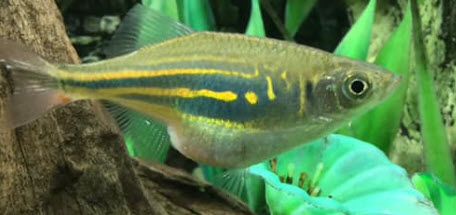
A common nematode worm infecting tropical fish is Capillaria worms. These nematodes produce the same symptoms as Camallanus, but they don’t protrude out the anus of the fish. It is often found in necropsies of cichlids which have shown such symptoms as bloat, white poop and not eating. It thus imitates hexamita. Capillaria can also cause hollow belly, arched back, wasting, spitting out food and intestines popping out
Capillaria may well be more common than camallanus. But capillaria is rarely diagnosed in fish, even though it is common. Capillaria can be suspected if one is getting a lot of unexplained deaths. Capillaria tend to hit livebearers especially hard for some unexplained reason. If only the livebearers in a tank are dying, suspect capillaria. Guppies seem to be especially hard hit.
Capillaria are unlike camallanus in that they produce eggs, not live larvae. The best way to diagnose capillaria is to look at the feces of the fish with a microscope. If there are barrel shaped eggs in the feces they have capillaria. It is only considered a virulent and potentially deadly problem when there are a lot of eggs in the feces. This is what the eggs look like:
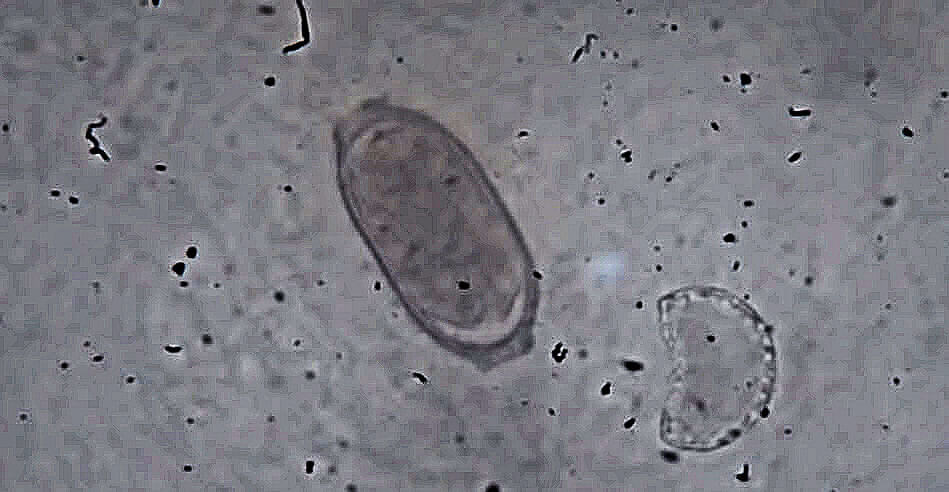
These eggs are found in small quantities in most fish in the tropical fish trade. It is a subacute pathogen until something triggers it to become virulent. Oftentimes slightly cloudy or “dull” water is found when fish start dying from capillaria. Deaths from capillaria rarely found in crystal clear, bacteria free water.
A microscope is a good investment for many fish keepers. DO NOT BUY an electronic USB digital microscopes which attach to one’s computer. These microscopes don’t come in close enough nor give the magnification necessary to really see things like capillaria eggs. Instead buy a cheap student microscope. These give the 600 power one needs to see tiny eggs.
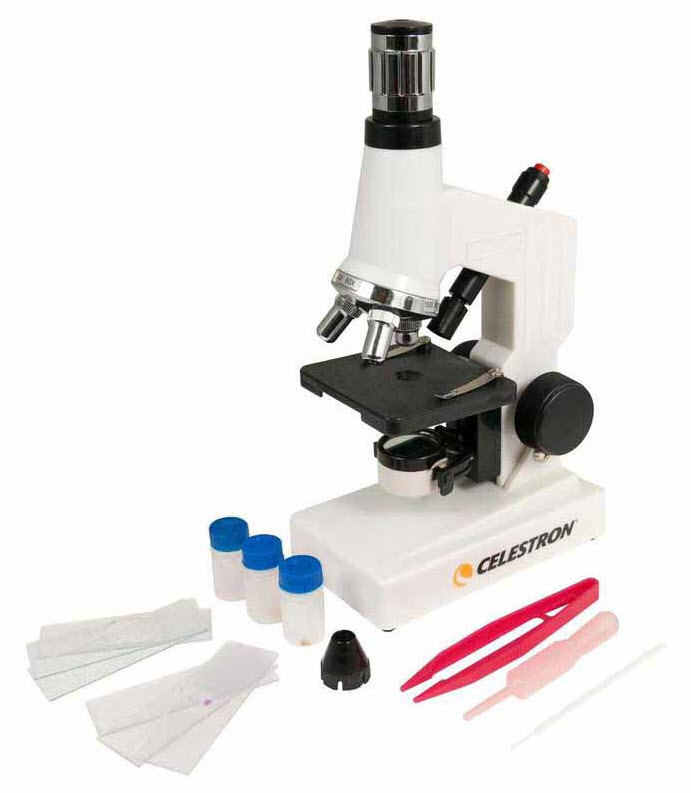
Capillaria is treated exactly the same way as camallanus. Fenbendazole (Thomas Labs Fish Bendazole, Panacur and Safeguard for dogs, and several livestock dewormers) is the most effective medication. It is the medication of choice for capillaria by public aquariums (Hadfield, 2011). Levamisole is also an effective medication if mixed into the food. Fritz Expel-P is levamisole. Levamisole can also be purchased at Amazon, subaquaria .com and Valleyvet .com. Some eBay sellers supposedly sell bogus products, look for cattle products such as Agrilabs Prohibit Soluble Drench Powder and DURVET Levamed Soluble Drench Powder Dewormer.
Other medications supposedly effective against roundworms are Pyrantel Pamoate, Flubendazole (Kusuri Wormer Plus), Ivermectin and Piperazine. In some countries this is all that are available to aquarium hobbyists.
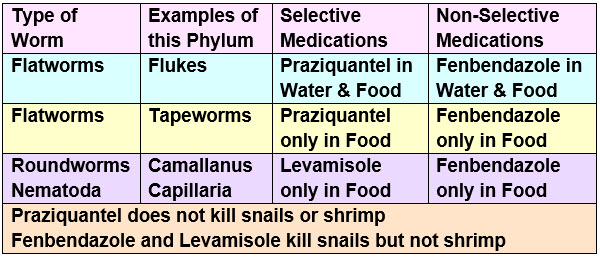
All are mixed into the food at roughly a 1 to 5% level (an amount equal to a barley grain in two tablespoons). Note that the cautions about deaths of snails, shrimp and invertebrates is very dose dependent. Fenbendazole are often used with no snail deaths because the dosage isn’t high enough. Conversely using a very high dosage of fenbendazole can possibly kill shrimp. And Levamisole is safe for everything except nematodes and snails. Praziquantel is safe with everything except planaria and flukes.
Medications do not kill the worms, they only paralyze the barbed jaws that the roundworms hold onto the gut with. So, the detached but live worms get pushed out of the gut and into the aquarium (which the aquarist will see when the pink or red worms emerge and detach from the anus). Within 24 hours of medicating the substrate should be thoroughly cleaned to remove the worms.
It is best to move the fish to a hospital tank with a bare bottom to allow the worms to be easily vacuumed up.
The life cycle of capillaria is relatively long. The eggs and larvae can exist outside a fish for months and the worms take three to four weeks to mature once inside the fish. Feed fish with Fenbendazole in the food once a week for three months in order to eliminate capillaria.
All the medications treat only relatively narrow classes of organisms. This is opposed to things such as disinfectants which kill any living cell they can penetrate. This make these medications very safe. All are also approved by the FDA internally in humans. While not a 100% guarantee, this would indicate they are probably safe in fish.
It is easy to make medicated food. Heat 1/4 cup water (two ounces or 58 milliliters, not a lot) in the microwave. Then blend seven grams of plain animal derived gelatin (Knox gelatin, one packet) into the hot solution with vigorous stirring. Take two tablespoons of dry commercial fish food (pellets or flake) and mix it with just a little of the hot water/ gelatin mixture. Add hot water/gelatin until you get a paste like consistency. If it gets too watery just add more food. To get gel food to float simply mix in a little whipped cream at this point.
Then add roughly 1/16 teaspoon (a 1% to 2% addition) of the medication to the mud. Mix and mash the whole mass thoroughly. Spread it out into a pancake about 1/8th inch (3 mm) thick on a plastic film or a plate. Then put in the refrigerator. If you plan on keeping it for more than two weeks put it in a small plastic bag and freeze.
Note while the fish won’t eat it like they normally do, they typically will eat some if you just leave it in the tank.
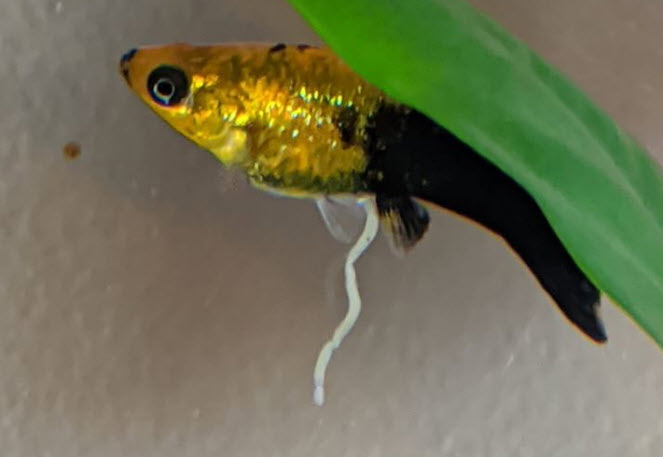
Note that API General Cure and Praziquantel do not work against capillaria. The flukes and tapeworms that praziquantel works against are completely different animals than capillaria and are not affected by praziquantel.
Some authors have vehemently advocated that Fenbendazole, Levamisole and other dewormers work great when added to the water. They say that dewormers are absorbed through the skin and the gills. This is simply not true. The dewormer molecules are far too large to be absorbed through either the skin or the gills. It just is impossible.
Internal fish diseases such as capillaria can ONLY be treated with dewormers in the food. Adding medications to the water is useless and just a waste of money. Many believe (and the instructions on the dewormers say!) that fish medications need to be added to the water. They are simply incorrect (but adding huge amounts of medication to the water makes huge profits for the suppliers!). This controversial topic is covered in the following link:
12.5. Fish Don’t Drink
.
Return to Diseases Menu
.
Aquarium Science Website
The chapters shown below or on the right side in maroon lead to close to 400 articles on all aspects of keeping a freshwater aquarium. These articles have NO links to profit making sites and are thus unbiased in their recommendations, unlike all the for-profit sites you will find with Google. Bookmark and browse!
.

Shannon says
How long is the life cycle of capillaria? Is six months without fish (but with shrimp and snails) long enough for eggs to die off?
Dave says
IN reply to Jeremy R …… You might try adding some fenbendazole to the food. Changing up the medication is all you can do if one treatment isn’t working.
Jeremy r says
Hi all,
I’ve used levamisole in food in tanks with shrimp and a large variety of snails. No issues observed.
Dave, I’m having ongoing issues with capillaria. I tried searching for successful ways for disinfection of eggs in used tanks/nets/ pumps etc but no avail. Any suggestions?
Cheers
Dave says
In reply to Leanne …. Shrimp cannot host capillaria.
Leanne says
Can shrimp host Capllaria ?
Dave says
In reply to Brad …. Sulfites won’t harm fish in the food. Vegan gelatin is fine. And just mix the liquid medication into the food.
Brad says
Hi Dave,
I am in the UK, so some of the medications don’t exist, so having to learn to create them! Gulp!
1/ In terms of gelatine in the UK, some of them come with a warning that they contain SULPHITES, which I don’t suppose is too good for the fish? And some don’t say anything, so who knows? Do you have any advice on this for Gelatine? Also, can Vegan gelatine work?
2/ I assume I take the liquid medication (which the suppliers say to plonk in the water!) and mix that into the food using the recipe? Simple as that?
Thanks,
Brad
Dave says
In reply to Garrett …. The literature says fenbendazole is safe with shrimp but kills snails. Anecdotally fenbendazole has killed shrimp. Anecdotally some snails seem to be immune. So it is a mixed bag.
Garrett M says
Regarding the possible risk of fenbendazole to shrimp and snails, do I understand correctly that it should be safe to use to treat fish in an aquarium shared by shrimp and snails when it is used in food according to your recipe with the smidge of medication?
As this is my first time to comment, I must add that I am very grateful for your site. I have read through nearly every page and I frequently keep coming back to it.